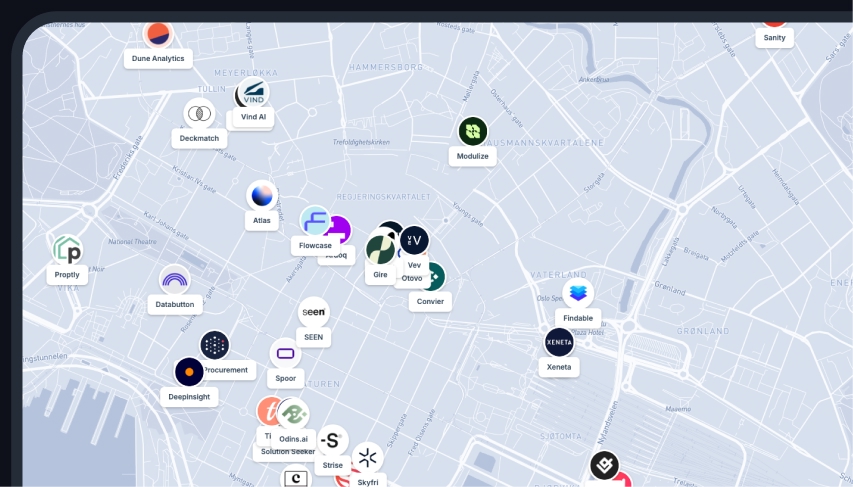Overview of the Illinois River
The Illinois River is a significant tributary of the Mississippi River, stretching about 439 kilometers (273 miles). It begins at the confluence of the Des Plaines and Kankakee Rivers near Joliet, Illinois, and flows westward before merging with the Mississippi River near Grafton, Illinois.
Where is the Illinois River on the map?
The Illinois River flows entirely within Illinois, running from northeastern Illinois southwest through the state before reaching the Mississippi River. It passes through key agricultural and industrial areas, supporting commerce and transportation.
Historical significance
The Illinois River has been a crucial waterway for centuries:
- Native American trade routes: Indigenous peoples, including the Illiniwek Confederation, used the river for transportation and fishing.
- French exploration (1600s): Early French explorers like Jacques Marquette and Louis Jolliet used the river to map routes between the Great Lakes and the Mississippi.
- Illinois and Michigan Canal (1848): The canal connected the river to Lake Michigan, boosting trade and settlement.
- Commercial shipping hub: The river has remained a key part of the inland waterway system for moving agricultural goods and raw materials.
Major cities along the Illinois River
Several important cities and towns are located along the Illinois River, including:
- Joliet: A major industrial city near Chicago.
- Peoria: The largest city on the river, known for manufacturing and the Peoria Riverfront District.
- Ottawa: A historic city known for its role in the Lincoln-Douglas debates.
- Havana: A gateway to nature reserves and conservation areas.
- Grafton: Where the Illinois River meets the Mississippi, popular for tourism and recreation.
Economic and environmental importance
The Illinois River supports commerce, farming, and wildlife in the Midwest. Key contributions include:
- Agriculture: The river valley supports corn, soybeans, and livestock farming, making it vital for Illinois' economy.
- Shipping and transportation: The river is a key route for barges, moving grain, coal, and other commodities.
- Recreation and tourism: Activities like boating, fishing, and birdwatching attract visitors to parks and nature reserves.
- Wildlife habitat: The river is home to bald eagles, river otters, and migratory waterfowl.
Challenges facing the Illinois River
Despite its importance, the Illinois River faces several challenges:
- Pollution: Agricultural runoff and industrial waste have led to poor water quality in some areas.
- Invasive species: Asian carp have disrupted the river’s ecosystem, threatening native fish species.
- Water level changes: Climate change and water management practices have altered seasonal water flow.
- Flooding: Heavy rainfall and land development have increased the frequency of floods along the river.
Conservation efforts
Several programs, including the Illinois River Watershed Partnership, focus on wetland restoration, pollution reduction, and invasive species control. Conservationists are working to balance economic use with environmental sustainability.
Work faster with spatial data
Easily import data, automate analysis and build spatial apps for the web, all within a single software.
FAQs
How long is the Illinois River?
The Illinois River is approximately 439 kilometers (273 miles) long.
Where does the Illinois River start and end?
It starts at the confluence of the Des Plaines and Kankakee Rivers and flows into the Mississippi River.
Why is the Illinois River important?
It serves as a major transportation route, agricultural resource, and wildlife habitat in the Midwest.
What are the biggest threats to the Illinois River?
Pollution, invasive species, flooding, and water level changes are the biggest challenges.
What wildlife is found in the Illinois River?
The river supports bald eagles, catfish, river otters, and migratory birds.
